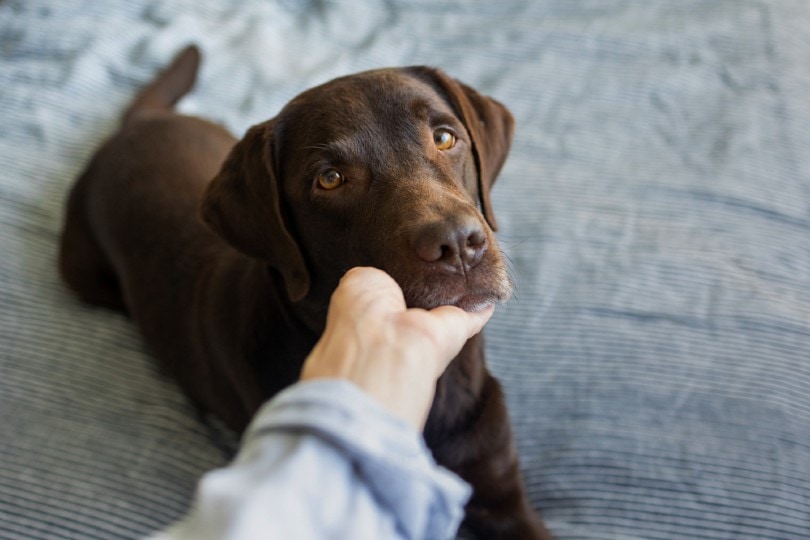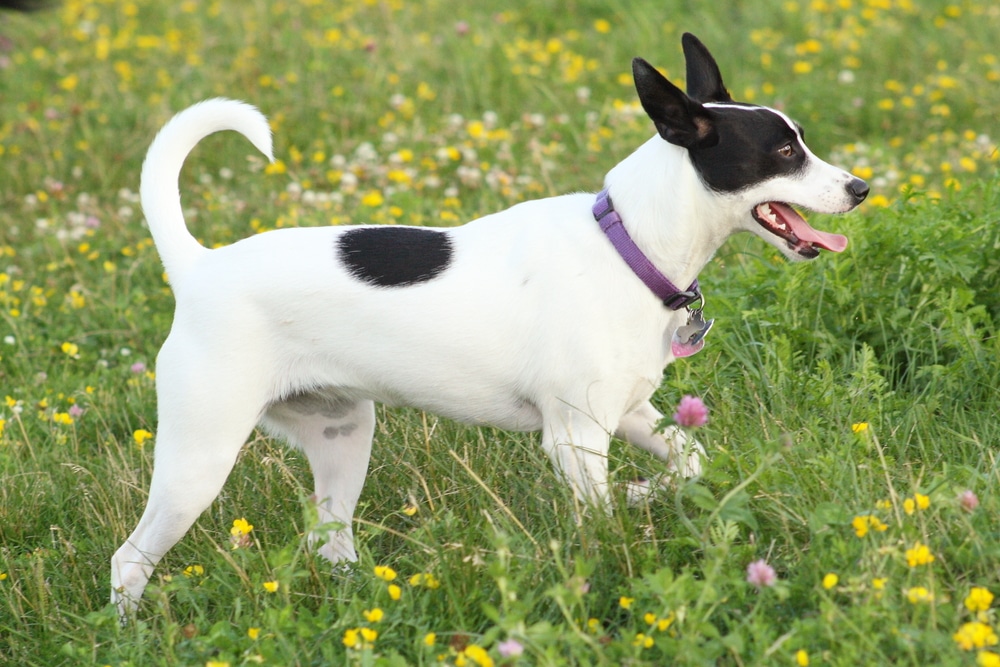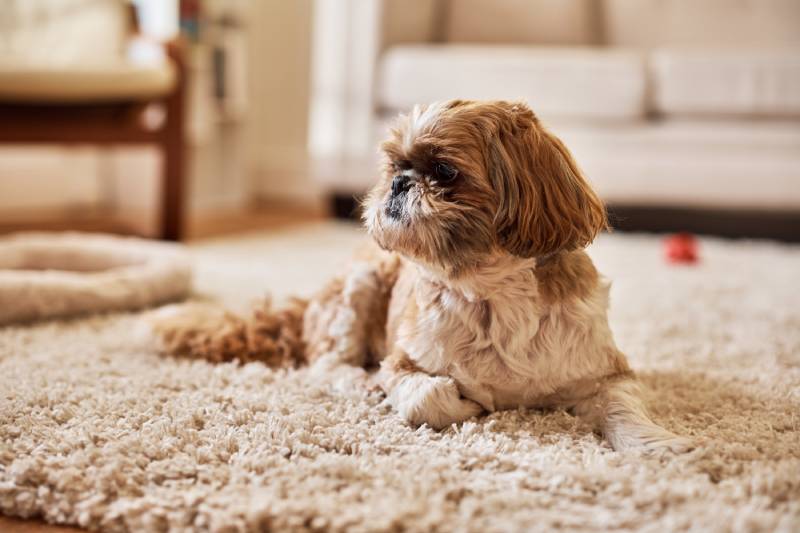Ever met a Vietnamese Hmong dog? These delightful canines, also known as Hmong Docked Tail Dogs, boast a unique charm that’s hard to resist. With their protective nature and unwavering loyalty, they are the perfect companions. But what really sets them apart is their deep devotion to their humans. Let’s dive into what makes this breed so special.
When thinking about adding a Hmong dog to the family, there are some intriguing things to consider. They’re known for their quirky yet endearing personality traits and striking appearance. This breed might just be the perfect addition to a vibrant family home. Read on to learn more about their care, traits, and why they’re worth every ounce of effort.
Getting to Know the Hmong Dog
The Vietnamese Hmong dog is a rare, purebred treasure from Vietnam. From the moment you meet them, their thick coat and loving eyes can steal your heart. Known for a natural bobtail, this breed stands out with its protective and loyal nature, making them ideal family pets. As they are quite rare in the U.S., owning one is considered special.
These dogs come in various colors including gray, white, and brindle, and they thrive in active households. Their social demeanor and intelligence make them great companions, although they prefer a household without felines because of their hunting instincts. This breed can adapt well to homes with large backyards where they can roam freely and stay mentally stimulated.
The Ideal Family Pet?
Vietnamese Hmong dogs are cherished for their protective instincts and intelligence. They can be a bit possessive at times, often forming a strong bond with their owners. This bond is so strong that they would even risk their lives to keep their family safe. Training them from a young age is vital to help channel their energy positively.
These dogs are very receptive to positive reinforcement, which makes training easier. They thrive on treats and rewards rather than punishments. Therefore, while teaching them rules and restrictions, it’s crucial to focus on encouraging good behavior through positive experiences.
Living with Other Pets
Hmong dogs have a strong hunting instinct, which means they might not get along well with cats or small animals. So, caution is needed if you plan to introduce them to a feline friend. However, they tend to be friendly with other dogs, usually showing no signs of aggression.
Introducing a Hmong dog to a household with other pets should be done patiently. Slow introductions and close supervision will be critical to ensure a peaceful coexistence. This breed’s natural friendliness towards people does not always extend to other animals, especially smaller ones.
Key Care Tips for a Hmong Dog
Owning a Hmong dog comes with its set of responsibilities, from dietary needs to grooming habits, and being aware of potential health issues.
Their diet should include high-quality food rich in omega-3 fatty acids to support joint health. These dogs have a tendency towards allergies, making proper nutrition crucial.
Regular grooming is necessary due to their thick fur. Brushing after walks helps prevent ticks, and you should bathe them periodically to keep their coat clean and odor-free. Their unique docked tail is another feature that requires some attention, as show standards vary.
Health-wise, they are prone to gastrointestinal issues, especially as puppies. Providing cooked meat can help prevent some diseases. Keep their environment tick-free to avoid harmful diseases like Lyme disease. Regular vet visits for managing allergies and skin conditions are also important.
Training and Exercise
Exercise is vital for the Vietnamese Hmong dog, as they have inherited their ancestors’ hunting instincts. Regular outdoor activities help keep them happy and healthy. These dogs need about 45 minutes to an hour of exercise daily.
Since they are intelligent, training them is usually a straightforward task. They are quick learners with an excellent memory, making them suitable for advanced training, like being used as a police sniffing dog in Vietnam.
For a well-behaved Hmong, positive reinforcement is the key. They respond well to treats and praises, learning commands efficiently with this approach. Regular mental stimulation is just as important as physical activity for this bright breed.
Grooming Needs
With a thick, long coat, grooming is a big part of caring for a Hmong dog. Regular brushing post-walks is essential to keep their fur in top condition. This routine helps prevent skin irritations from dirt and ticks.
A proper bath schedule is important to maintain their coat’s cleanliness and manage odor. The unique bobbed tail, a signature feature of the breed, must also be well-kept to match breed standards. Regular checks for ticks and fleas after outdoor activities are crucial to their health.
Consistency in grooming keeps them looking their best and paves the way for fewer health issues. Groom them to enjoy a happy, healthy relationship with your furry friend.
Health Concerns
The Hmong breed may face unique health challenges, especially when adapting to new environments. Sensitivity to gastrointestinal problems is common, especially in their puppy years.
Their vulnerability to ticks and associated diseases makes routine checks essential. This breed is also prone to frequent colds and separation anxiety due to differences in climate when relocated.
Managing allergies requires avoiding allergens and frequent vet visits. Understanding and preparing for these health challenges helps ensure a healthier life for your Hmong dog.
Regular health evaluations and tailored care routines help address these common issues. The key is preventative care and understanding their specific needs to maintain their well-being.
Size Differences Between Male and Female Hmongs
While the size difference between male and female Hmong dogs isn’t drastic, it’s noticeable. Males are typically larger, standing at about 21 inches, and weighing around 57 pounds. Females are slightly shorter and lighter.
This size difference influences their dietary requirements; males generally require more food given their larger body mass. When planning their care, these subtle differences should be kept in mind to optimize their diet and routine.
Understanding these differences helps in providing targeted care, ensuring your pet is comfortable and healthy.
Fascinating Facts
Did you know that the Vietnamese Hmong dog shares its lineage with the Bac Ha Dog? Both are national treasures of Vietnam, known for their distinctive traits and history.
The Hmong’s bobtail traces back to their ancestors from southern China, where this feature was naturally occurring. Despite their unique traits, they are not recognized by the AKC but are celebrated by the Vietnam Kennel Association.
These facts highlight the rich heritage and uniqueness of the Hmong dog. Their story is as fascinating as the breed itself, adding to their mysterious charm.
The Vietnamese Hmong dog stands out with its protective nature and unique appearance. As a family-friendly breed with a fascinating background, they make excellent companions. Their needs are specific, true, but their loyal hearts make the effort worthwhile.










